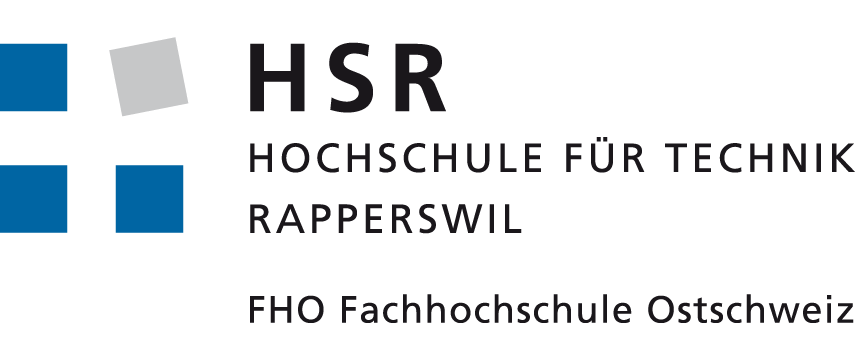Computer Center of the University of Applied Sciences Rapperswil (CH)
orcharhino saves time for the system administrators at HSR, since all servers no longer have to be managed manually.
Interview
” Currently, we use orcharhino for the complete lifecycle, from server configuration to patch management to deprovisioning of hosts.”
– Lioh Möller, System Administrator, HSR
Tobias Wagner (TW): „Mrs Möller, why is orcharhino the best solution for automated lifecycle management in data centers for you?”
Lioh Möller (LM): “In terms of the basic scope, the orcharhino is feature complete for us and therefore meets all the needs we currently have.”
TW: “You speak of needs that you currently have. Which features would be relevant for you in the future?”
LM: „Our whole working environment is naturally developing more and more towards an agile way of working. So, of course, integrating the Kubernetes Control Plane with a management function would be super.”
TW: “Can you briefly say how many servers you currently have in use and what software you use on them?”
LM: “At the moment we have a total of about 100 pure Linux servers in use, 99% of which run virtually on VMware. For software, we mainly rely on Debian with appropriate components such as Nginx, Apache, MariaDB, Galera, etc.”
TW: “How did find out about orcharhino?”
LM:“I became aware of the orcharhino through my community activity. I contributed a lot to the development of Spacewalk, the predecessor of Foreman. Because of this I have of course also followed the development of Foreman. Foreman was simply an ideal solution because of my knowledge and experience. In the last years the product has become more and more stable also by the active help of ATIX. Then added to that was the support from Debian, which was much needed for us.”
TW: “Why were you looking for an automation solution?”
LM: “When I started at HSR, all servers were managed manually. There were no automation tools in use. Now, however, we have reached a limit in terms of the size of our server landscape, where manual management was simply no longer possible. We only worked as “firefighters” and were mainly busy fixing bugs. As a result, of course, the existing systems all developed a kind of “momentum of their own” so that our systems were no longer declarative, i.e. they no longer had a clearly defined state. In addition, the deployment of servers was no longer fast enough. As a result, we were often unable to respond spontaneously to resource requests.”
TW: “How has this process changed with the use of orcharhino?”
LM: “We use the orcharhino virtually in its entirety: We use it to automate the lifecycle in Foreman, i.e. the complete deployment directly on VMware, the system registers with the puppet master and draws its definition, configures itself automatically and we receive the fully preconfigured system practically on demand. Currently, we use orcharhino for the complete lifecycle, from server configuration to patch management to deprovisioning of hosts.”
TW: “With complex software products it can never be ruled out that a bug might occur. How do you react to that?”
LM: “Then we turn to ATIX support. I am very satisfied with the cooperation. We feel we are always taken seriously with our requests and needs. In our experience, this is unfortunately not always the case with large companies. With ATIX the communication paths are simply shorter and so a solution for possible problems can be provided quickly due to the agile working method. That complex software products sometimes contain a bug is completely normal. The decisive factor is how the manufacturer deals with this. And that’s where ATIX is truly exemplary.”
TW: “In other words, ATIX will work with you to find a solution to the problem?”
LM: “Yes, on that note I would like to mention the very reliable release cycle model. We have the opportunity to actively participate by reporting bugs. Usually it is then also sufficient if these are fixed in the next release, since ATIX provides processes for workaround until then.”
TW: “Mrs Möller, thank you very much for the interview!”
Keyfacts
Field of activity:
The University of Applied Sciences Rapperswil (HSR), together with the universities of St. Gallen, Buchs and Chur, is part of the University of Applied Sciences Eastern Switzerland The HSR is currently training around 1,600 students in the fields of engineering and information technology as well as construction and planning.
Corporate Headquarters:
Rapperswil, Switzerland
conversation partner:
Tobias Wagner (TW) from ATIX AG asks in the HSR computer center how orcharhino is used daily there. Lioh Möller (LM), system administrator at the HSR, provides the answers.


